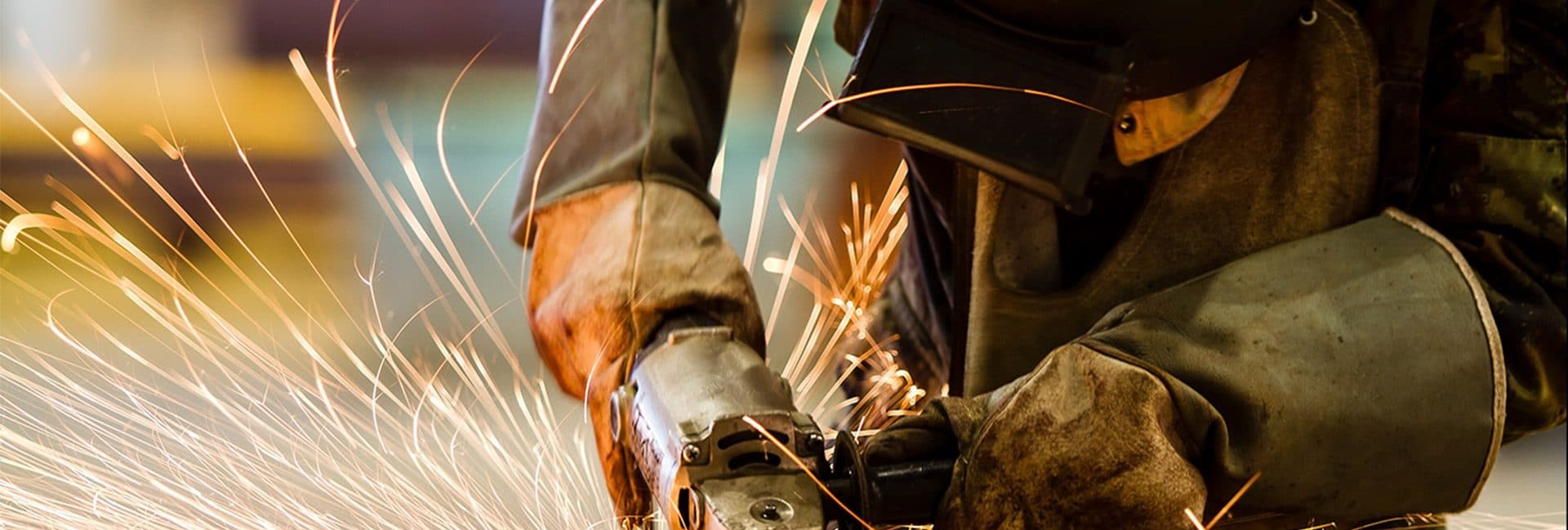All the ins and outs of non-destructive testing.
Not entirely across non-destructive testing?
We can help!
What is non-destructive testing?
NDT is an engineering technique used to detect issues in structures, systems and components. It draws on a wide range of ‘tests’ – none of which are destructive, of course – to make sure those structures, systems or components are up to scratch and designed to perform their functions safely. Essentially, NDT is a quality assurance measure – it can be performed as many times as required and at any stage in the manufacturing process.
At HVT, we use non-destructive testing to test that components are fit-for-purpose, safe to use and cost-effective.
What is NDT used for?
Non-destructive testing is employed for parts and components of many machines, structures and systems. Some of them include:
- Aeroplanes
- Vehicles
- Trains
- Pipes
- Bridges
- Energy facilities
- Oil rigs
- Gas facilities
- Marine structures
- Important buildings e.g. housing reactors
- Mining, construction and industrial machinery
How is it different from destructive testing?
Destructive testing – for example, tensile testing, macro sectioning or 3-point bend testing – are all valuable forms of component QA. However, once a component has been put through these tests it’s no longer useful. Generally, some part or all of the item has been destroyed and is thus no longer fit for service.
What are the benefits of using NDT?
That leads to the main benefit of non-destructive testing – you don’t need to destroy the component! If NDT does detect a flaw, the component can be repaired and eventually be fit for service again. Because of that, NDT is:
- Cost-effective
- Less wasteful
- Better for business
- Accurate
- Repeatable
- Data-friendly
Overall, NDT is an excellent way to retain peace of mind that your parts and equipment are safe, reliable, consistent and in top-tier condition.
HVT offers non-destructive testing using magnetic particle inspection and dye penetrant inspection to facilitate an informed repair.
Reach out today to chat about your project!

